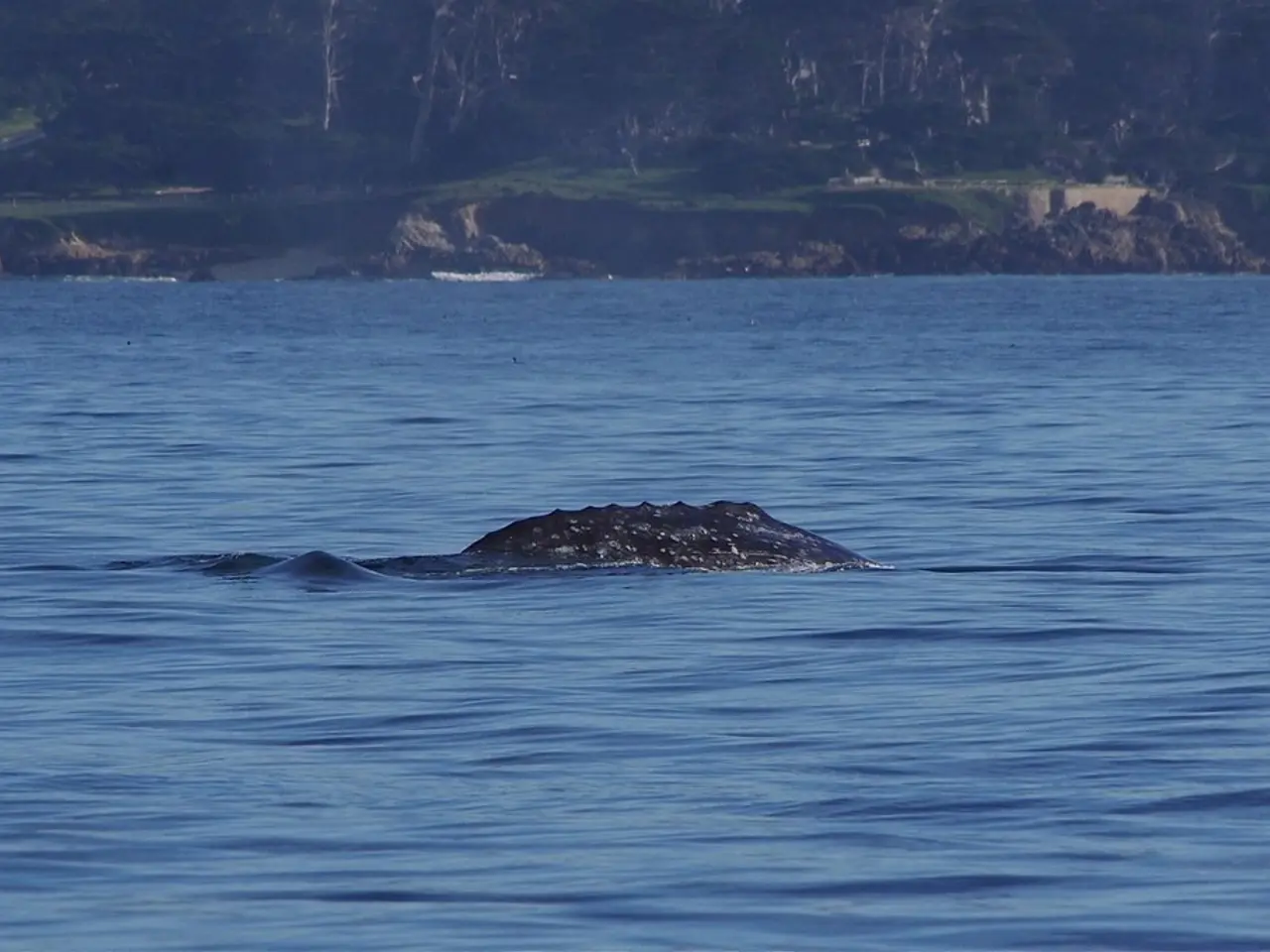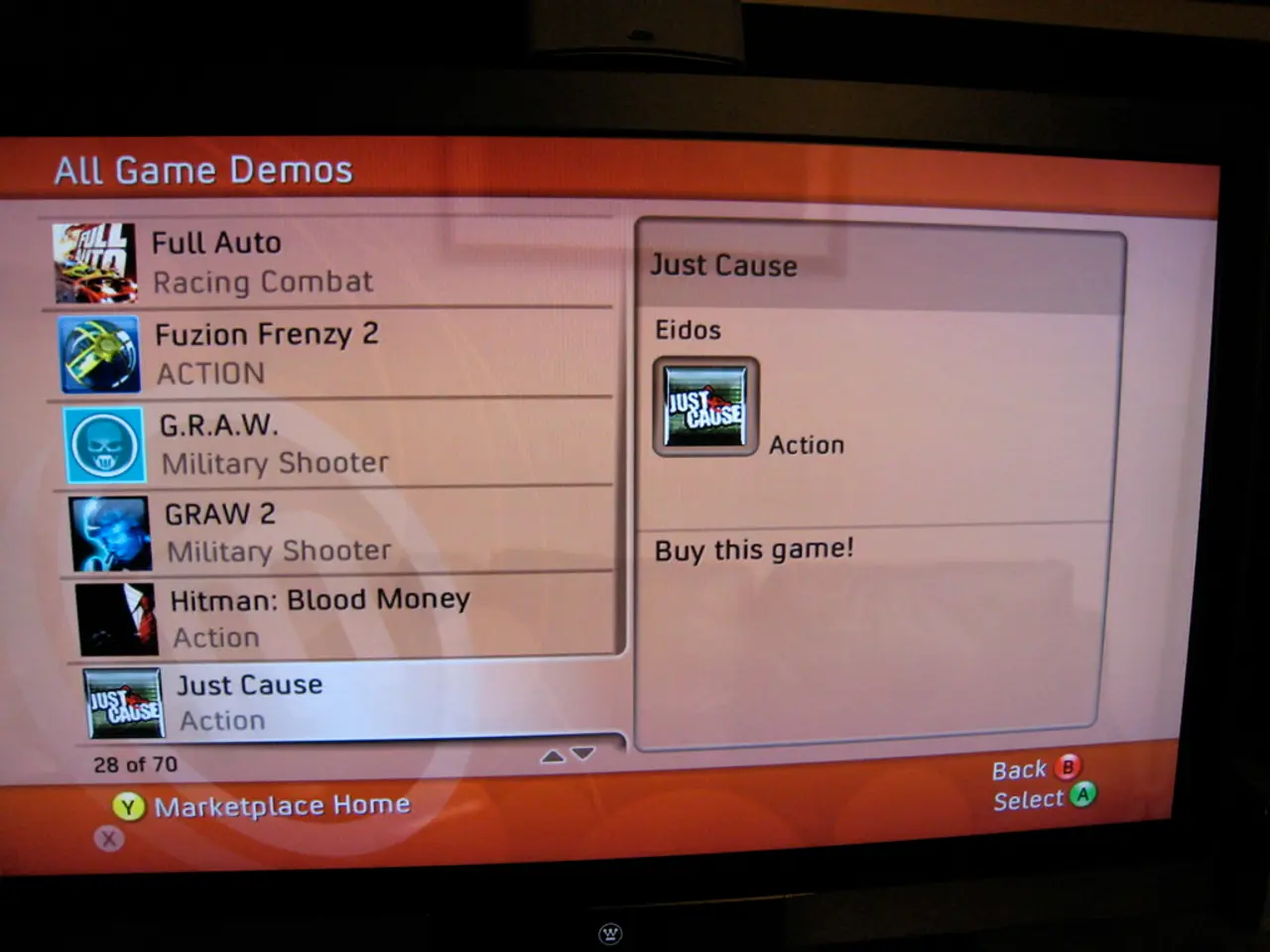Resolving Border Disputes in Latin America: A Model Approach
The Preah Vihear and Ta Muen Thom temples, located on the contentious border between Thailand and Cambodia, have been at the centre of a long-standing territorial dispute. Despite ICJ rulings awarding sovereignty to Cambodia, ambiguity remains around adjacent areas, leading to frequent military clashes rather than cooperative management.
The history of this dispute has been marked by confrontation rather than collaboration. For instance, Cambodia's successful bid to have Preah Vihear listed as a UNESCO World Heritage site in 2008 was met with strong opposition from Thailand, resulting in violent clashes. Similarly, frequent clashes since 2011 and recent escalations in 2025 have been triggered by military actions and border skirmishes, causing casualties on both sides.
To date, there are no documented cases of joint ownership or joint management mechanisms being established for these border cultural resources. The conflict centres around sovereignty claims and territorial control rather than cooperative frameworks.
The temples, however, symbolize shared heritage that could theoretically be grounds for joint management in a peaceful context. Yet, the current and recent realities show ongoing contestation and military tension.
In contrast, some international border disputes involving cultural or natural heritage sometimes utilize joint commissions or treaties for co-management. However, the Thailand-Cambodia Preah Vihear dispute has yet to advance to that stage due to deep-seated nationalistic and territorial issues.
In summary, the Preah Vihear and Ta Muen Thom temples sit on a contentious border, with conflicts resulting in deaths and no joint governance mechanisms. Diplomatic efforts have so far failed to establish shared ownership or cooperative resource management, leaving the situation one of military tension and dispute over territorial rights rather than collaborative stewardship of cultural heritage.
As the world continues to watch, the ongoing conflict carries significant implications for future relations between the two nations. It remains to be seen whether diplomatic channels will be explored to negotiate or push back against the current situation, or if the temples will continue to serve as a symbol of discord rather than shared heritage.
- The ongoing territorial dispute over the Preah Vihear and Ta Muen Thom temples, despite international rulings and potential for joint management, remains unresolved, primarily due to political tensions and nationalistic claims, leaving the future of relationships between Thailand and Cambodia uncertain.
- In stark contrast to some international border disputes involving cultural heritage, the Thailand-Cambodia Preah Vihear dispute has yet to transition from military conflicts to cooperative resource management, with diplomatic efforts thus far yielding little progress and the temples serving as a symbol of discord rather than shared heritage.
- As the world keeps a close eye on the situation, the fact that the Preah Vihear and Ta Muen Thom temples have been the center of accumulated energy in the form of military tension and death toll, without any policies or legislation providing for joint management, raises major concerns for the future of relations between Thailand and Cambodia, serving as a key piece of news in the general news landscape.






